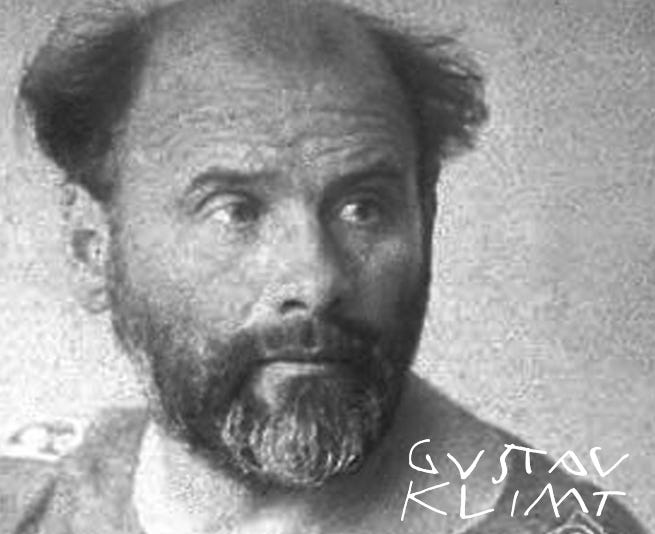Artist full name:
Gustav Klimt
Nationality:
Austrian
Date of birth - Date of death:
July 14, 1862 - February 6, 1918
Art movements:
Art Nouveau, Modern Art, Symbolism, Vienna Secession
Related artists:
Egon Schiele, Oskar Kokoschka, Koloman Moser, Max Kurzweil, Richard Gerstl
Main works:
The Expectation, The Fulfillment, The Kiss, Danaë
Related categories:
Bags, Masks, Pins, Pouches, Figurines, Sculptures, Skateboards, Art books Patches, Boxes, Candles, Clocks, Coffee & Tea, Drinkware, Games, Magnets, Mirrors, Pillows, Tableware, Vases, Cards, Notebooks, Paperweights, Stickers



















